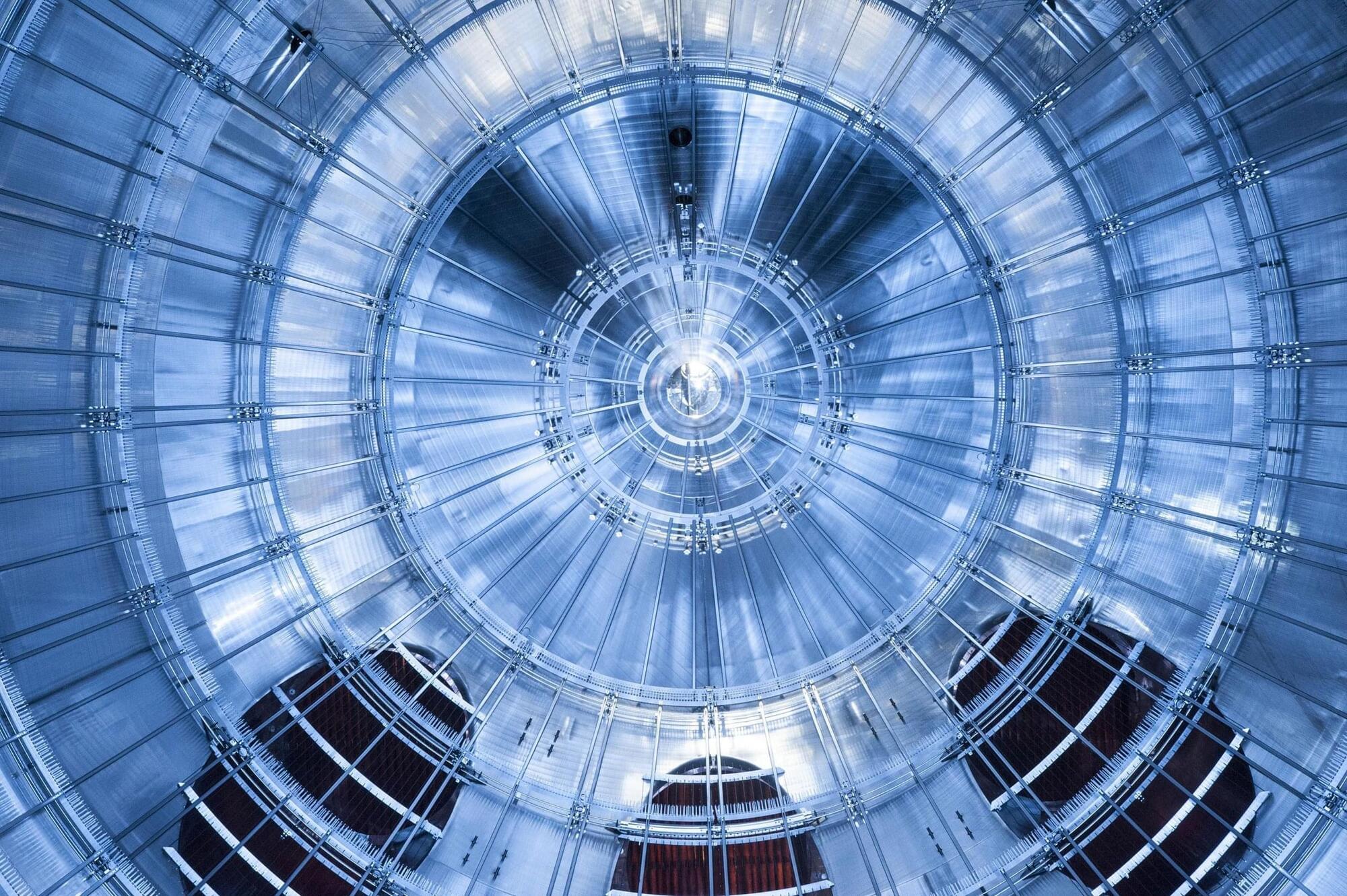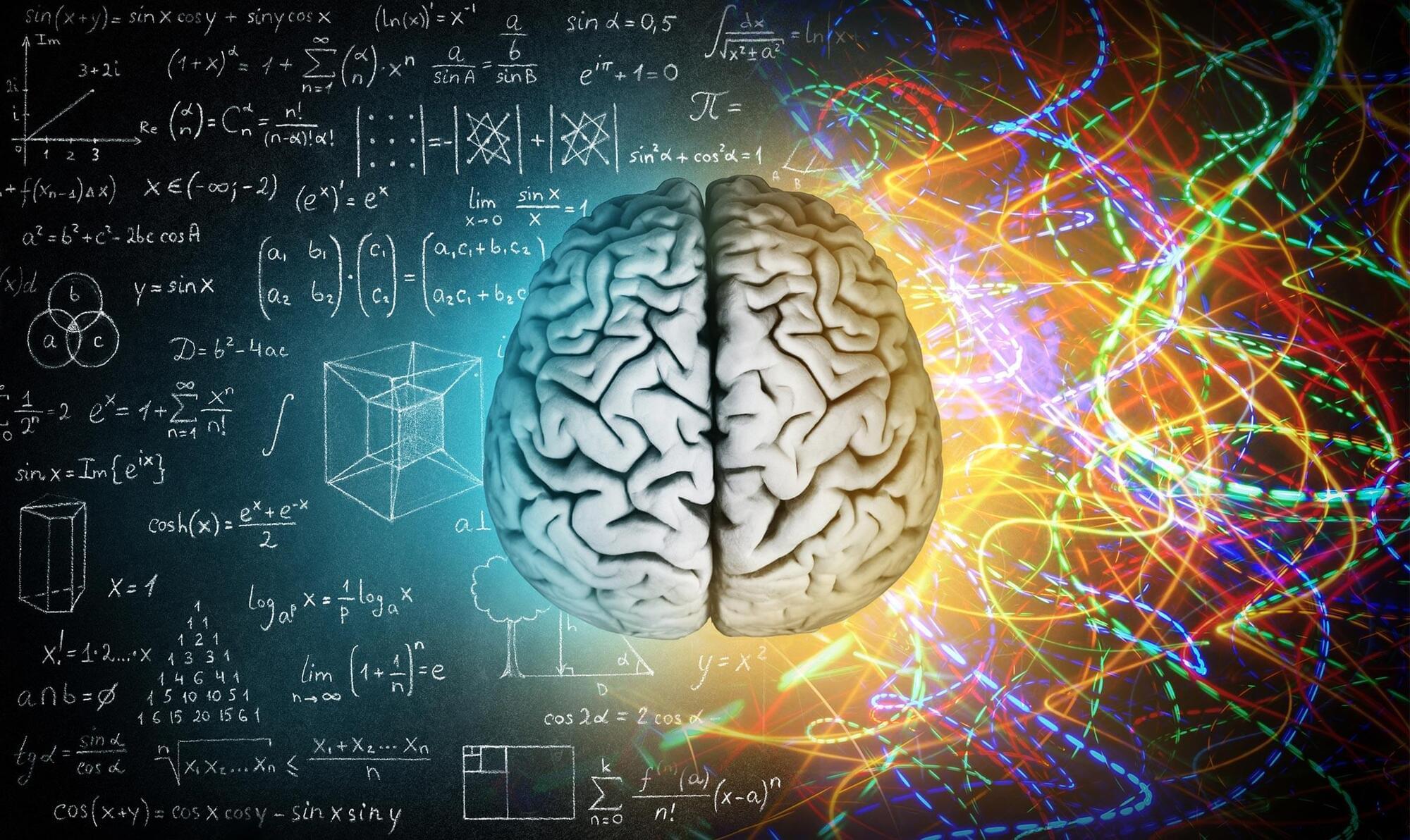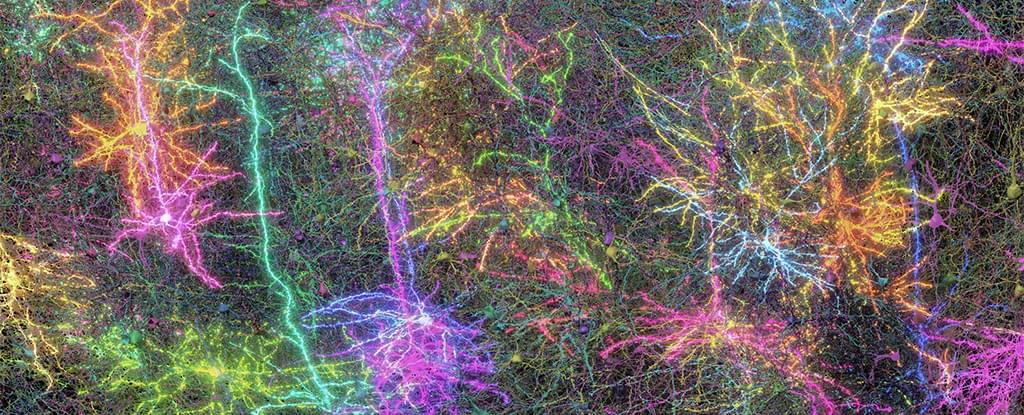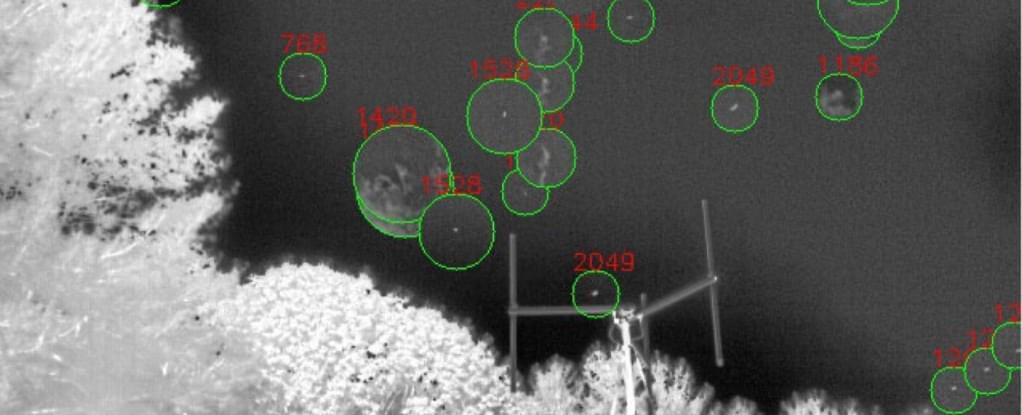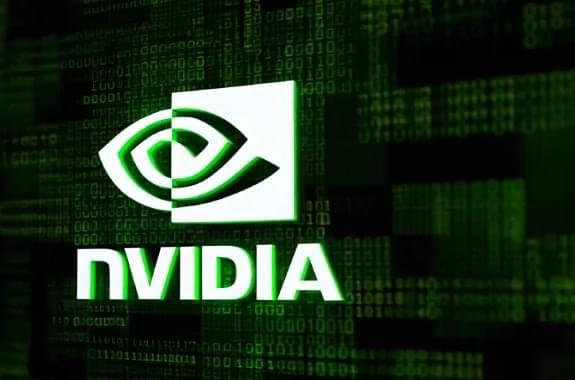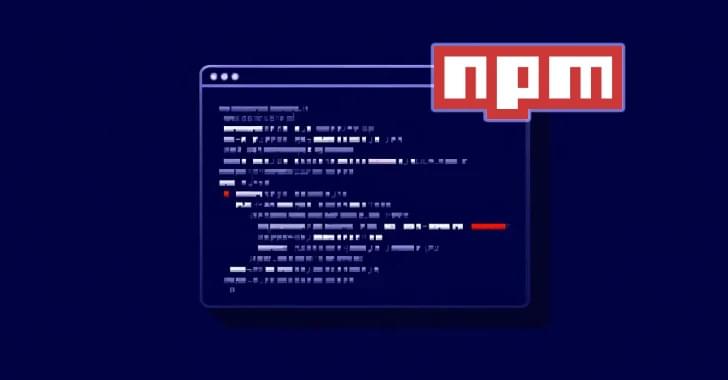Scientists from the KATRIN experiment have achieved the most precise upper limit ever recorded for the mass of the mysterious neutrino – clocking in at less than 0.45 electron volts.
This breakthrough not only tightens the constraints on one of the universe’s most elusive particles but also challenges and extends the boundaries of the Standard Model of physics.
Breaking new ground in neutrino mass measurement.
